The Musée des Arts Décoratifs is a museum of decorative arts housed in the north wing of the Louvre Palace. The museum gives an overview of the evolution of ornamental arts from the Middle Ages to today.
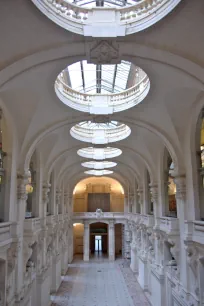
The museum is just one of three museums that are housed in the Marsan wing of the Louvre along the Rue de Rivoli. The other two, the Musée de la Mode et du Textile (Fashion and Textile Museum) and the Musée de la Publicité (Advertising Museum) share the same entrance as the Musée des Arts Décoratifs.
All three museums are managed under the umbrella of Les Arts Décoratifs, a private organization established in 1882 with the aim of promoting the applied and decorative arts. The organization started with temporary exhibitions, but in 1898 the government allowed them to move into the Marsan Pavilion of the Louvre, where a permanent museum opened its doors in 1905.
The Collections
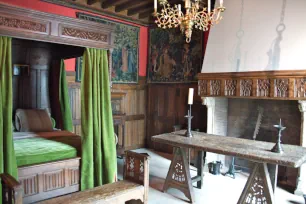
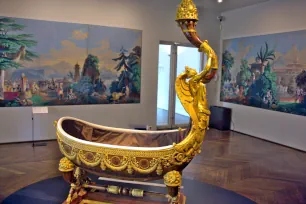
The museum has an amazing collection of about 150,000 objects, of which 6,000 are permanently on display. It is one of the best museums of its kind in the world, with a collection focused mostly on furniture, but that also includes plenty of ceramics, glassware, jewelry and even toys. There are about ten period rooms that show the interior of actual historical rooms, from a fifteenth-century castle bedroom to an early twentieth-century room designed by Hector Guimard in Art Nouveau style.
Middle Ages & Renaissance
The main collection of the museum is arranged chronologically, starting on the third floor with nine rooms of objects from the Middle Ages and Renaissance, including wooden painted panels, tapestry, stained-glass windows and late-Gothic furniture.
The influence of classical mythology is visible in the Renaissance art, exemplified by the Frieze of the castle of Vélez Blanco, which depicts the heroics of Hercules.
Seventeenth- and Eighteenth Centuries
The collection continues on the third and fourth floor with objects from the seventeenth- and eighteenth centuries, the start of the glory days of French design. Here you find numerous gilded chairs, commodes, clocks and tables abundantly decorated in Rococo and Empire style. In the recreated room of the Hôtel de Serres visitors can see the influence of Classical art on the Empire style.
Nineteenth Century
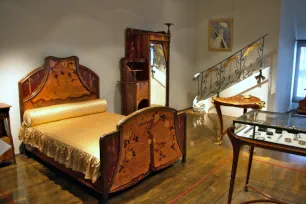
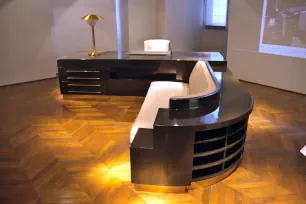
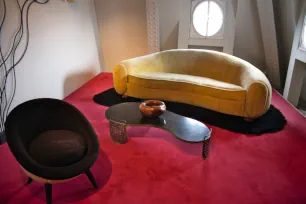
The museum is also strong in French design from the nineteenth century. Once again the recreated period rooms draw the attention, including a room from the Second Empire, with plush chairs and richly painted tables and cabinets.
Art Nouveau and Art Deco
The most popular area in the museum is probably the department with Art Nouveau and Art Deco design. The Art Nouveau style introduced natural shapes such as leaves and flowers in furniture design. One such example can be seen in a recreated bedroom of the Hôtel Nozal from 1903, which features a bed with a motif that looks like a tree branch. Another room shows a recreated office from the 1930s, in a streamlined Art Deco style, the most popular style during the interbellum.
Twentieth Century & Contemporary Design
An elevator brings visitors to the ninth floor, where the final part of the museum, devoted to modern design, starts. The top floor houses objects – mostly furniture – from the 1940s. The lower you go, the more modern the designs become until you arrive at the fifth floor where you find contemporary design. A highlight is the large collection of modern chairs displayed on a stepped platform.
Themed Galleries
Furthermore, there are a couple of separate collections on the second floor. The toy gallery has a collection of 12,000 toys from the nineteenth century to today. The Jean Dubuffet gallery shows works from the eponymous French artist, who donated his own oeuvre to the museum in 1967. And the Jewelry Gallery illustrates the evolution of jewelry from the Middle Ages to the present day.
Musée Nissim de Camondo
For those who want to see even more decorative arts, Les Arts Décoratifs also manages the Musée Nissim de Camondo, a museum located at Rue de Monceau no. 63, near the Monceau Park. The museum is housed in a large private home from the early twentieth century that was owned by a passionate collector of furniture. Here you can admire all the furniture in its original sumptuous decor.
- Next: Saint-Germain-des-Prés
- More Paris Museums
- More Sights & Attractions in Paris
- Related articles:

